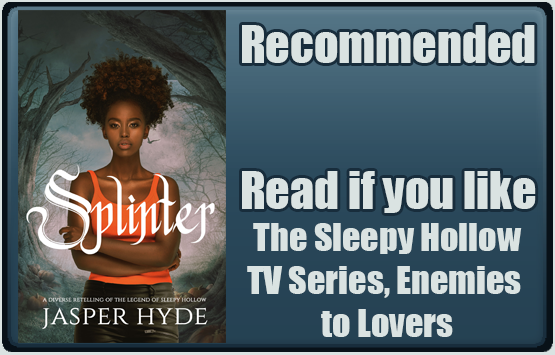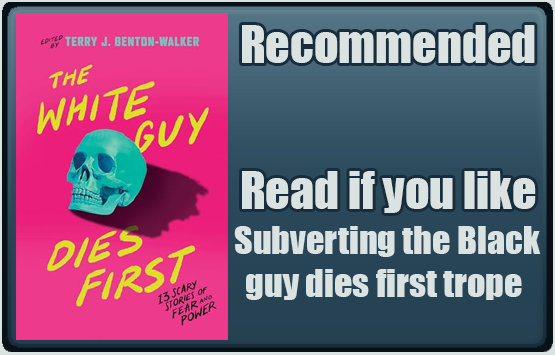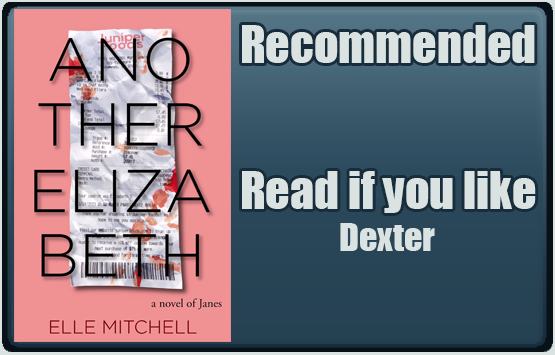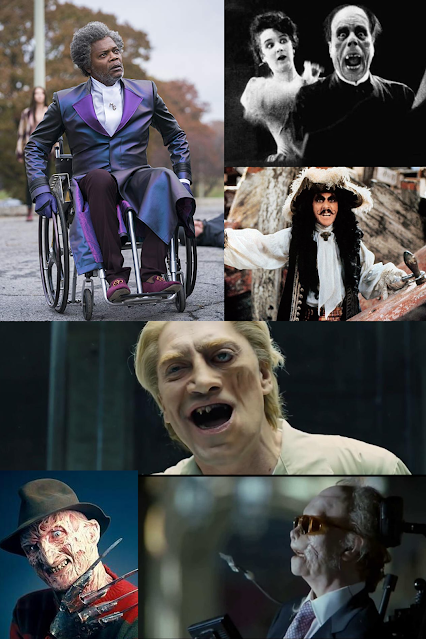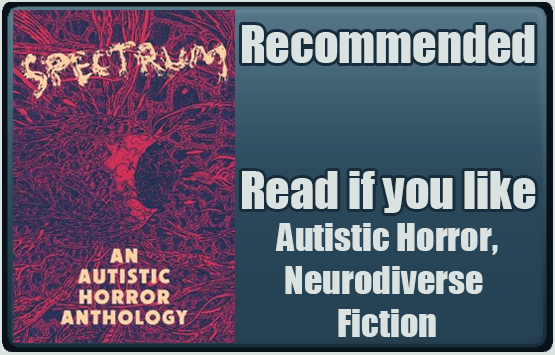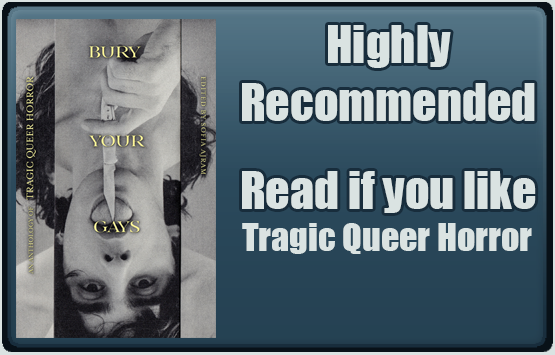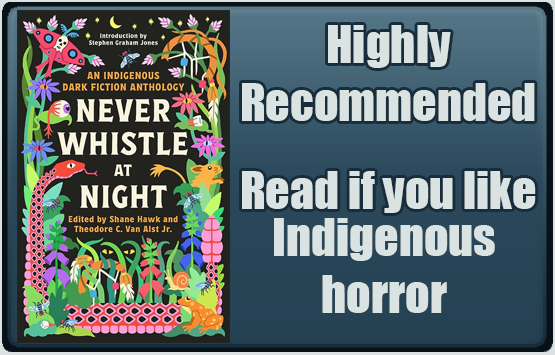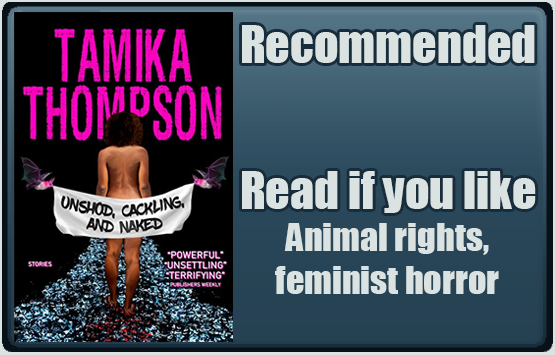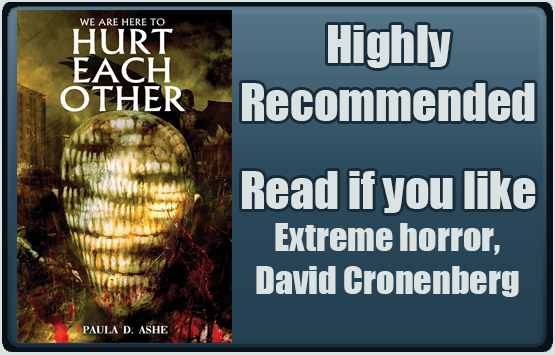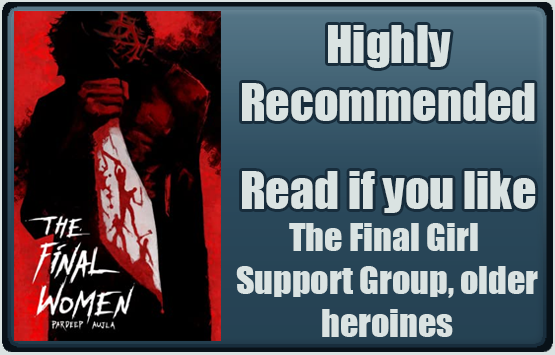Formats: Print, digital
Publisher: The Magnificent Engine
Genre: Folk Horror, Killer/Slasher, Occult, Myth and Folklore, Romance
Audience: Adult/Mature
Diversity: Black main character and author, Filipino British main character, asexual (demisexual) main character and author, bisexual main character, main character with ADHD, Trans masc/Non-binary author
Takes Place in: Sleepy Hollow, NY
Content Warnings (Highlight to view): Ableism, Bullying, Death, Drug Use/Abuse, Medical Procedures, Mental Illness, Police Harassment, Racism, Torture
Blurb
In a small town hidden behind the hills of New York, things are far from ordinary. As Sleepy Hollow’s youngest Medical Examiner, the pressure intensifies for Dr. Drusilla Van Tassel when the headless bodies of her sister Katrina’s friends start surfacing. Meanwhile, Drusilla’s ex-lover Ichabod Crane returns to town, dredging up feelings better left buried.
Things take a turn for the worst when Drusilla comes face-to-face with the Headless Horseman, who is back to settle old scores – and she and her sister are the perfect targets. Drusilla can repel the horseman with an unknown power, but her sister isn’t so lucky, and she goes missing.
However, when Drusilla discovers Ichabod is a monster hunter, she has no other choice but to turn to him for help. Even if that means working with a man she feels an inexplicable attraction to. Will they find Katrina and banish the headless horseman once and for all?
I received this product for free in return for providing an honest and unbiased review. I received no other compensation. I am disclosing this in accordance with the Federal Trade Commission’s 16 CFR, Part 255: Guides Concerning the Use of Endorsements and Testimonials in Advertising.
If you decide to read Splinter, keep in mind that this story comes from a small, indie publisher and didn’t benefit from a professional editor. There are quite a few grammar errors sprinkled throughout. I didn’t find them particularly distracting, and the quality of the writing was still good, but I know this will bother some readers. I would encourage them to give Splinter a chance anyway, as it really is an enjoyable story and I hope my review will encourage you to check it out.
Dr. Drusilla Van Tassel is our main character, and I kind of love her. She’s an introverted, bisexual, horror fan who just wants to do her job as a medical examiner, and I can relate to that. Her sister Katrina, on the other hand, is outgoing, popular, and prefers her rich, white friends over her own sister. But Drusilla is just as hostile to Katrina, so it’s not your stereotypical mean girl situation. I found it interesting how Drusilla can relax and use AAVE in front of her Black assistant (and former lover) Kyndall, but codeswitches with Katrina like she does around white people. It underlines how “other” Katrina is from her and how uncomfortable Drusilla feels in her own sister’s presence. Although, she does feel guilty for not doing more to support Katrina when her husband Brom died under mysterious circumstances.
One night Drusilla is called in to deal with a murder, and the victim is no other than Denis Carter, Katrina’s close friend. Poor Drusilla just can’t catch a break! At the crime scene, we see firsthand the racism and sexism Drusilla faces on a regular basis from the law enforcement officials she has to work alongside when one rookie cop tries to stop her from entering the crime scene. Despite having graduated Magna Cum Laude from Cornell she still gets treated as a “Black girl playing dress up.”
Then Katrina’s former friend and lover, Ichabod Crane (who I like to imagine looks like Piolo Pascual), shows up out of the blue and starts pestering her for details of the strange murder. Because they ended things badly, she isn’t exactly thrilled to see him. But when another murder takes place, the two are forced to set aside their differences and work together. What follows is a fun, supernatural mystery with a great sex scene. This was the first time in a story I’ve seen someone on the asexual spectrum have sex. Not only are asexual character underrepresented in fiction, but they’re often stereotyped as always being completely sex adverse, which just isn’t true, especially in the case of people who are demisexual like this particular character.
I really appreciate that Hyde not only put the effort into getting Filipino sensitivity readers, but also included their email in the beginning of the story for anyone to reach out to them if they made any mistakes in representation. I wish more authors would do that!
If you were a fan of the Fox tv series Sleepy Hollow that aired from 2013-2017, but hated the way they treated Nicole Beharie and her character, this book is for you. It feels like a remedy to the show without being a fix-it fanfiction. Instead, Splinter gets to be its own thing. It’s a quick, compelling read that sucks you in, helped in no small part by its compelling and complex characters.
